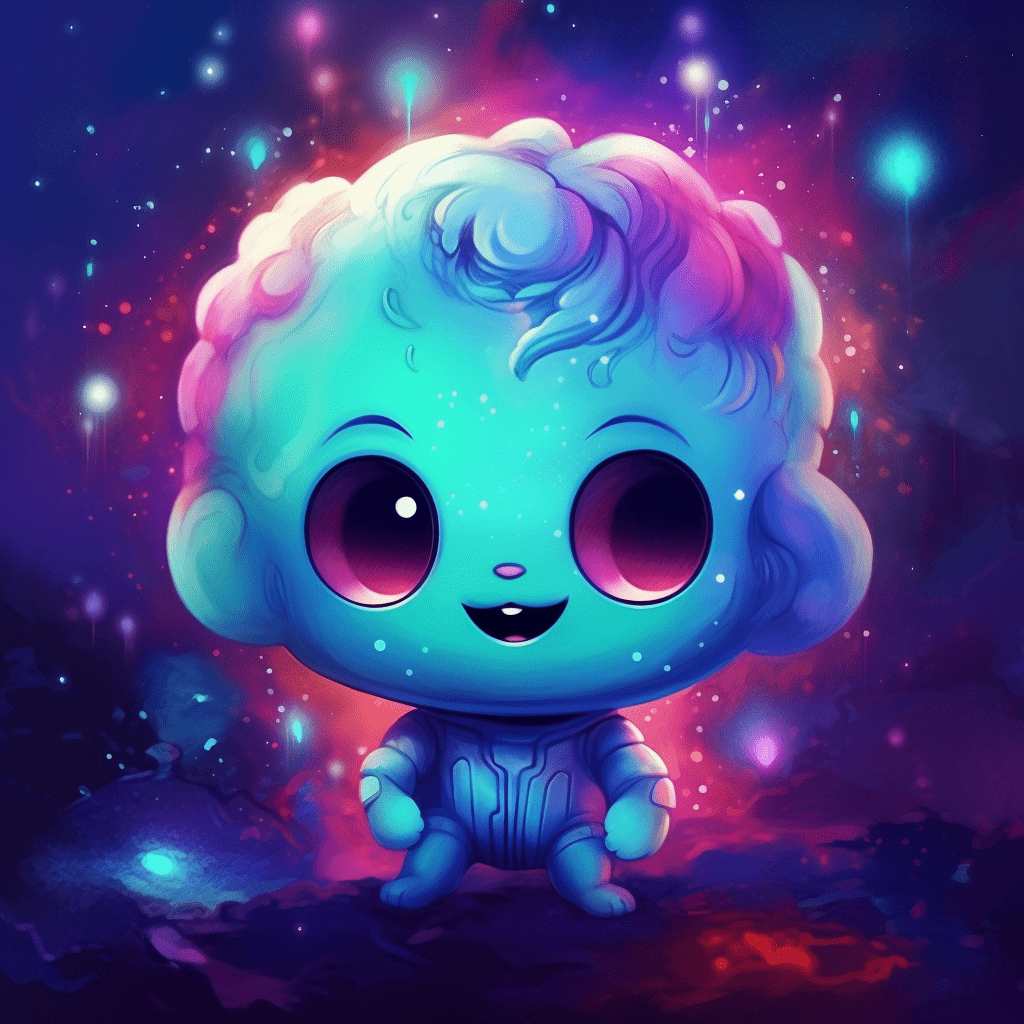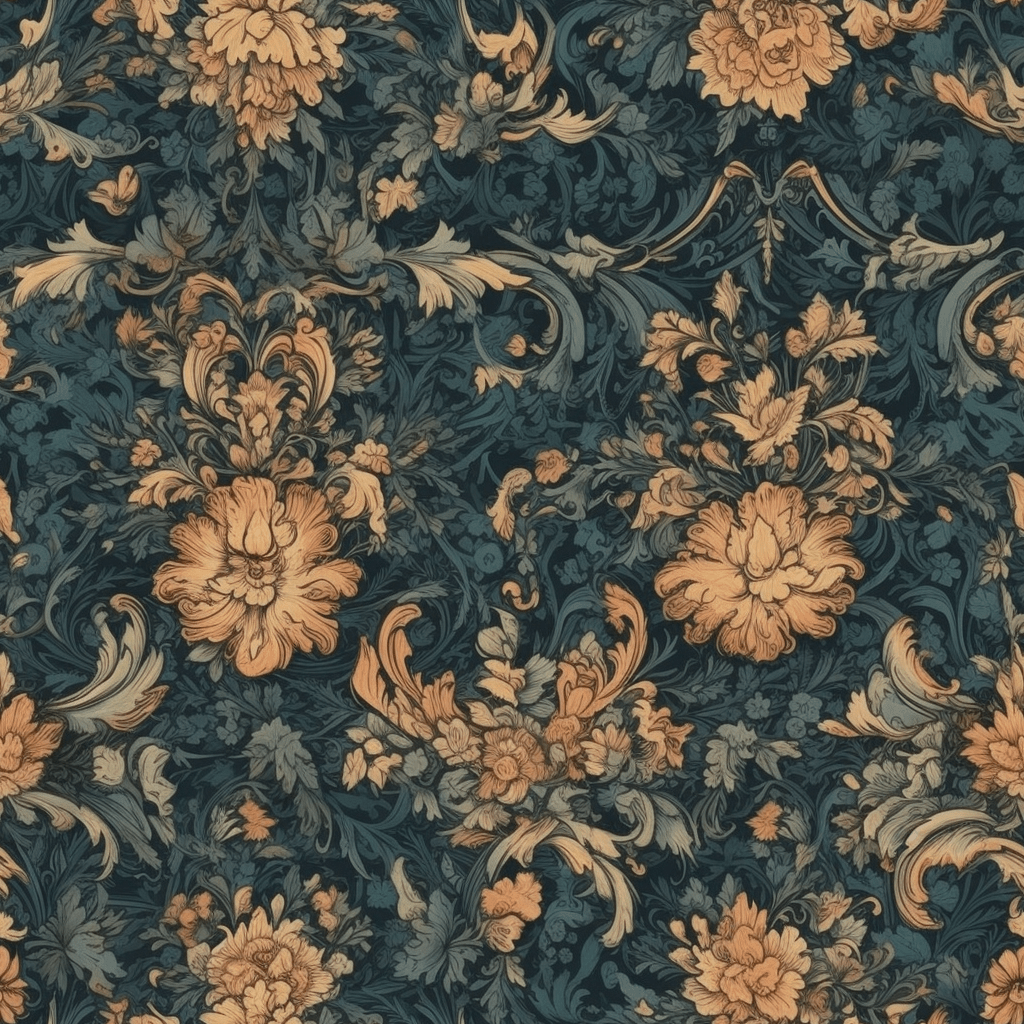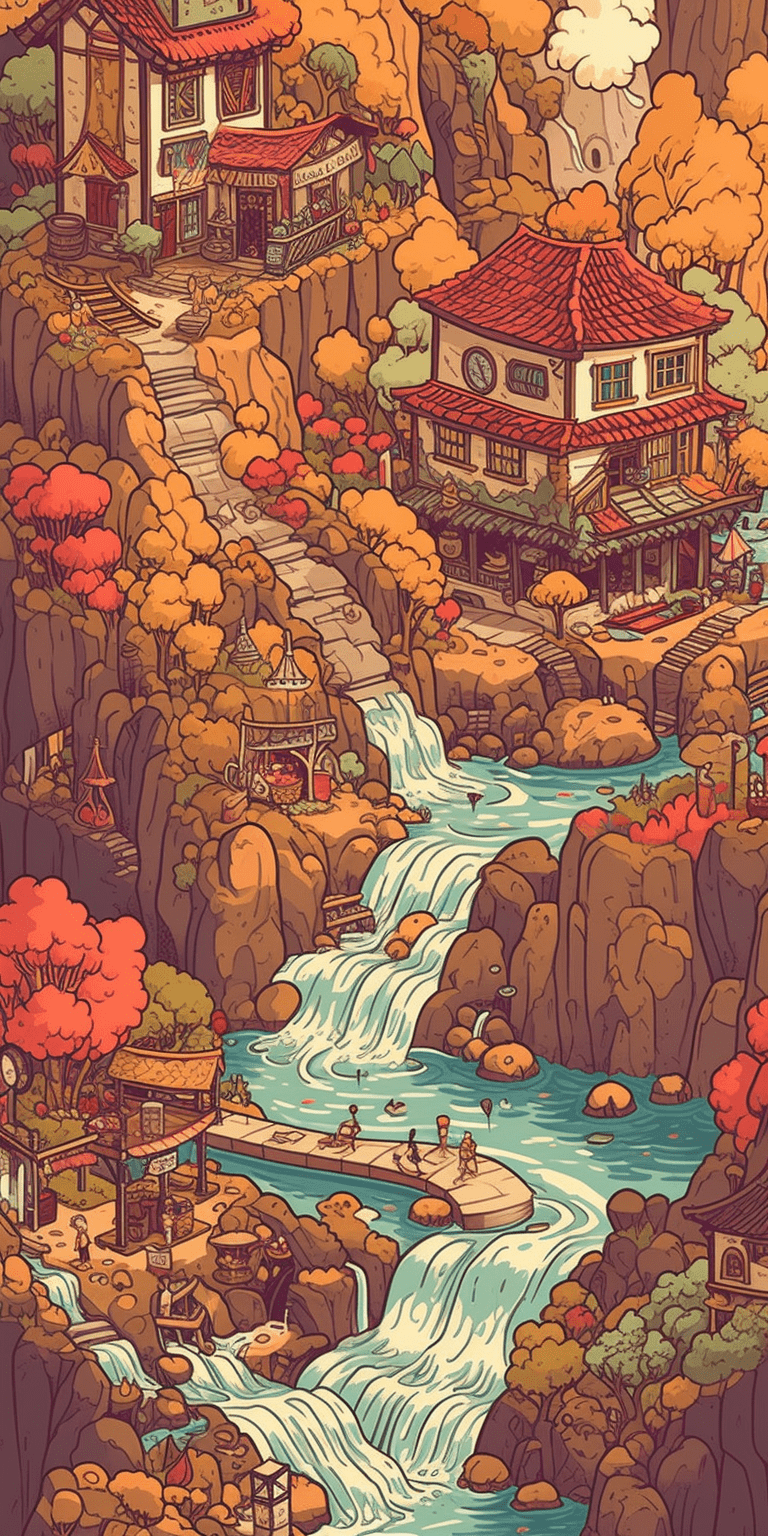As the world continues to plunge into the digital age, more artists and creators are turning to non-fungible tokens (NFTs) as a unique way to monetize their creations. In a nutshell, an NFT is a digital asset that represents real-world objects like art, music, in-game items, and videos. They are bought, sold, and traded online, often with cryptocurrency. But did you know you can make an NFT for free? This article aims to unlock the secrets of free NFT generation for budding artists and enthusiasts alike.

Understanding NFTs
NFTs are based on blockchain technology, the same tech that underpins cryptocurrencies like Bitcoin and Ethereum. However, unlike cryptocurrencies, NFTs are unique; each token has a digital signature that distinguishes it from others. This uniqueness and the ability to confirm the ownership and provenance of an item make NFTs particularly suitable for tokenizing art and other creative works.
Before diving into the creation process, it’s crucial to understand that creating an NFT does not necessarily mean it will be worth millions. The value of an NFT is subjective, determined by how much a buyer is willing to pay. What’s more, while the creation process can be free, listing your NFT on a marketplace may incur a fee, and selling it will also typically involve transaction costs. But don’t let that deter you. If you’re a creator, NFTs can be a novel way to monetize your work and engage with your audience.
Choosing the Right Platform
There are several platforms where you can mint (the term for creating) an NFT, some of which offer the service for free. One such platform is Mintable, which allows you to mint NFTs on the Ethereum blockchain. Another option is OpenSea, one of the largest NFT marketplaces, which also supports free NFT minting. Additionally, platforms like Hic et Nunc allow you to mint NFTs on the Tezos blockchain, which has much lower transaction costs than Ethereum.
Choosing the right platform depends on a number of factors, including the blockchain you want to use, the type of work you’re tokenizing, and the community you want to reach.
Preparing Your Work for Minting
Your digital work is the cornerstone of your NFT. It can be anything from a digital painting to a piece of music, a GIF, or a digital model. The crucial thing is that it should be something you have created and hold the rights to. Reproducing someone else’s work without permission is a violation of copyright laws and goes against the ethos of most NFT communities.
Before minting, ensure your work is in a suitable digital format. Most NFT platforms support common formats like JPG, PNG, MP3, and MP4, but check the specific requirements of your chosen platform. You will also need a description of your work and, optionally, attributes (additional information such as color, theme, or any other trait you think is relevant). These will be part of the metadata of your NFT, helping potential buyers understand your work better.
Creating Your Wallet

To interact with the blockchain and create your NFT, you will need a digital wallet. A wallet will also be necessary to receive any payments for sold NFTs. Some popular choices include MetaMask and Trust Wallet. Creating a wallet is generally straightforward, but it’s essential to keep your wallet’s private key secure. If you lose it, you lose access to your wallet and any assets it contains.
Once your wallet is set up, you will need to connect it to your chosen NFT platform. This process varies by platform but generally involves clicking a “connect wallet” button and approving the connection in your wallet. From there, you’re ready to start creating your NFT.
Minting Your NFT
Once your wallet is connected to your chosen platform and your work is ready, you can begin the minting process. This will involve uploading your digital work, adding a title, description, and attributes, and then confirming your submission. The specifics will vary from platform to platform, but the essential steps remain the same.
Once you confirm your submission, the platform will create a new token on the blockchain that points to your work’s information and ownership data, effectively turning your digital work into an NFT.
Navigating the Gas Fees

As mentioned earlier, while minting can be free, transacting on the blockchain usually isn’t. The computational power required to validate transactions on a blockchain is often offset by a “gas fee.” On the Ethereum network, these fees can be particularly high, especially during periods of high demand. However, the Tezos blockchain, used by Hic et Nunc, has much lower transaction costs, making it a cost-effective choice for creators on a budget.
Some platforms offer “gasless” minting, meaning they’ll cover the gas fees for you. This is often done in a way that you only pay a fee when you sell your NFT, making it more accessible for creators without a lot of up-front funds. Look for this feature when choosing your platform if you’re concerned about the costs.
Post-Minting: What’s Next?
After you’ve minted your NFT, what’s next? One common step is to list your NFT on the marketplace of the platform you used for minting. This will make it visible to potential buyers. You can set a fixed price or auction it off to the highest bidder. Remember, the listing process may involve a fee, so be sure to factor that into your calculations.
Marketing your NFT is equally crucial. You can leverage social media and other channels to showcase your NFT, tell the story behind it, and connect with potential buyers.
The Bottom Line

Free NFT creation is a gateway for artists and creators into the thriving world of digital art and blockchain technology. Although some costs may be involved, especially when it comes to selling your NFT, the entry barrier for creators is relatively low. It’s a fascinating journey that could lead to exciting opportunities for monetizing your creativity and connecting with a global audience. Always remember that the value of NFTs is subjective and the market can be volatile, so proceed with a balanced perspective and informed decisions.
